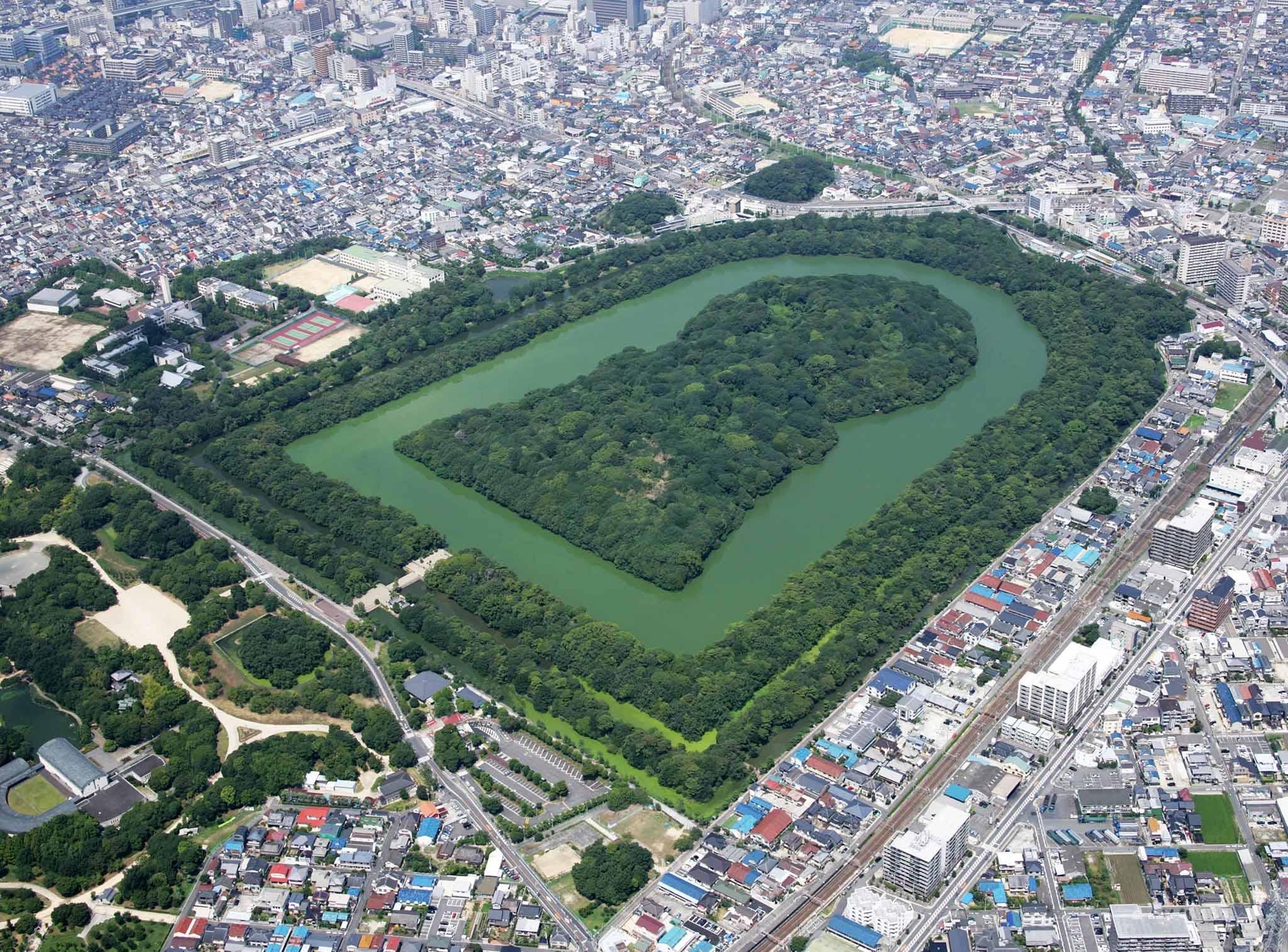Five of UNESCO’s newest World Heritage Sites
Canada's Writing-on-Stone Provincial Park features columns of rock sculpted by erosion into spectacular shapes.

Writing-on-Stone Provincial Park in Alberta, Canada. Picture: iStock
Over the weekend, a flurry of new sites were added to UNESCO’s World Heritage List, including Jaipur City in India; Writing-on-Stone, an ancient and sacred landscape for Indigenous peoples in Canada; and the Mounded Tombs of Ancient Japan.
Since June 30, UN members have been convening at the 43rd session of the World Heritage Committee in Baku, Azerbaijan to discuss and debate which sites to include in the coveted group, which identifies properties of “Outstanding Universal Value” that merit protection under the UN Convention.
The committee is comprised of representatives from 21 states, which currently includes Angola, Australia, Azerbaijan, Bahrain, Bosnia and Herzegovina, Brazil, Burkina Faso, China, Cuba, Guatemala, Hungary, Indonesia, Kuwait, Kyrgyzstan, Norway, Saint Kitts and Nevis, Spain, Tunisia, Uganda, United Republic of Tanzania and Zimbabwe.
States are elected by the General Assembly of States Parties to the Convention.
Here’s a look at some of the notable new entries made over the weekend and the UNESCO descriptions:
Archaeological Ruins of Liangzhu City: China

Picture: Hangzhou Liangzhu Archaeological
Located in the Yangtze River Basin, the archeological ruins of Liangzhu (about 3300-2300 BCE) are described as an outstanding example of early urban civilisation with earthen monuments, urban planning, a water conservation system and a social hierarchy expressed in differentiated burials in cemeteries within the property.
Jaipur City, Rajasthan: India

Picture: iStock
The fortified city of Jaipur was founded in 1727 by Sawai Jai Singh II and built as a grid, in accordance to Vedic architecture. The streets feature continuous colonnaded businesses that intersect in the center, creating large public squares called chaupars.
Markets, stalls, residences and temples built along the main streets have uniform facades. The city’s urban planning includes ancient Hindu, modern Mughal and Western features.
Mozu-Furuichi Kofun Group: Mounded Tombs of Ancient Japan: Japan

Picture: Sakai City Government
Located on a plateau above the Osaka Plain, this property includes 49 kofun or old burial mounds in Japanese, which were reserved for members of the elite. They contain a range of funerary objects such as weapons, armor and ornaments.
These kofun form the richest material representation of the Kofun period, from the 3rd to the 6th century CE.
Megalithic Jar Sites in Xiengkhouang – Plain of Jars: Lao People’s Democratic Republic
The Plain of Jars, located on a plateau in central Laos, gets its name from more than 2 100 tubular-shaped megalithic stone jars used for funerary practices in the Iron Age.
This contains large carved stone jars, stone discs, secondary burials, tombstones, quarries and funerary objects dating from 500 BCE to 500 CE.
Writing-on-Stone / Áísínai’pi: Canada

Picture: Alberta Parks
This site in Alberta is located on the Great Plains of North America, on the border between Canada and the US and features pillars or hoodoos — columns of rock sculpted by erosion into spectacular shapes.
The Blackfoot (Siksikáíítsitapi) people left engravings and paintings on the sandstone walls of the Milk River Valley, bearing testimony to messages from Sacred Beings. The landscape is considered sacred to the Blackfoot people and dates from 1800 BCE to the time they first came into contact with Europeans.
The UNESCO session wraps up July 10.
For more news your way, download The Citizen’s app for iOS and Android.








